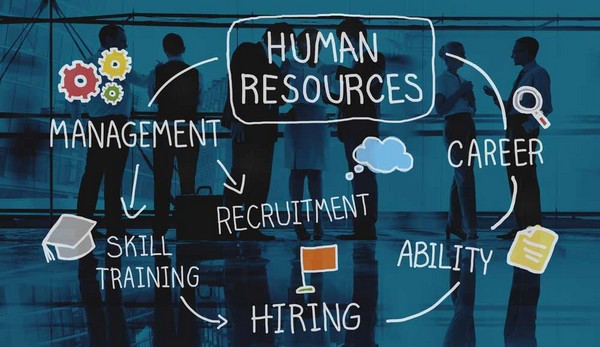Psychology had been helping HR departments across the globe for decades now. One human resources management technique that has become quite popular is a roleplay. There isn’t an HR department that hasn’t applied it at least once but in most cases, the roleplay activity doesn’t last very long and it is not repetitive.

However, its importance in managing employees and discovering how they feel and what they think about their coworkers and the company’s management is vital. Its game-like structure provides an excellent insight into the present state of your workforce and it allows you to experiment with innovations, both technical and managerial in nature.
Actors (not) needed
Roleplay is actually an acting exercise but you don’t have to be an actor to engage in it. Professional actors play made-up characters or individuals they’ve never met. On the contrary, your workers will play people they know well, like their bosses, subordinates or their peers. They will actually change many roles, alternating between the roles of the manager and the employee or an employee and the customer. Of course, workers have the artistic freedom to alter the roles of other people they play.
The HR department gets the chance to experiment
One of the biggest advantages of roleplay is that it isn’t a real situation or a conversation. That means that you can simply stop it and start all over again if you don’t like the results. This gives the HR department a chance to experiment with different scenarios. This ability helps them understand different points of view without testing the employees’ patience.
Providing feedback
In a normal conversation, if a manager stepped into a room, the conversation taking place there would change its course. Furthermore, if they interjected, the employees would respond differently than during roleplay. The latter allows the HR management to comment and give feedback on workers’ work like a top executive never could.
They always have the chance to stop the conversation and tell off or commend a particular worker for good conduct. In a real-life situation, such an action could be perceived as insulting but in a roleplay, it’s just another oral exercise.
Analyze and diagnose
Apart from experimenting, management gets a chance to analyze various situations and potential scenarios. This helps them predict future developments better and act out scenarios they have created. During these analyses, the HR people often stumble upon issues and dispute that few people knew existed. If these occur between two different departments that should be working closely together, major human resourcing disasters can be diverted.
On the other hand, the type of roleplay can influence the reaction you wish to provoke. For instance, a grievance roleplay could spark a discussion about deeper problems of trust between management and workers. Therefore, you choose the topic of roleplay for that day based on the area of human resources you wish to analyze.
Identifying possible problems
In most cases, the corporate training business model is used for identifying problems and improving communication within firms. Roleplay doesn’t bring to the surface the issue you already knew about but its goal is to discover new issues that nobody knew about.
These issues don’t only relate to relationships between workers. In fact, the relations between managers and employees come under scrutiny, as well as the relationship between employees and customers. In this sense, roleplay is not important for managing human resources but it can help improve customer relations as well.
Handling complaints
Although roleplay is an imaginary situation, it can be used for handling real-life crises. For instance, if an individual worker has had several unpleasant encounters with a particular manager, then you can confront the pair in a roleplay exercise. This way, they won’t have to converse in an open way, which was problematic in the past. This way, you will establish a communication channel where there wasn’t one before.
The most common method or roleplay
There numerous ways in which you can roleplay, however, multiple roleplaying is the most common method. In general, this is any type of roleplay that involves more than two people. Group roleplaying can be done with all the employees at one or you can further divide them into smaller groups that roleplay separately.
Rotating roles
The main task of roleplay in a smaller company is to help each worker experience the situation in which they assume another role or a job post. For instance, in smaller companies, it is expected that each worker rotates with the cashier but for some this, might be too hard. By listening to what it takes to perform this task and becoming a made-up cashier themselves, they get a better understanding of the tasks at hand.
Similarly, workers can stand on the other side of the counter end see their business through the eyes of the customers. The most interesting and funny situations can occur when top executives who mainly circulate through office spaces come down to Earth and have to order a burger or try out a pair of sneakers. It is precisely these unlikely scenarios that roleplay is designed for.
A monodrama
If you’ve ever seen Hamlet on stage, then you probably remember his famous soliloquy “To be or not to be.” There is also a soliloquy in roleplaying and it functions in a way that one person assumes several roles and speaks in their respective names. They move from one chair to another, mimicking a real dialogue to better see the other person’s point of view.
The importance of roleplay training has in managing human resources is without a doubt huge. It creates situations that would be impossible to test and analysis in real life. Therefore, the HR department gets unique input that they can later process make more prudent decisions about the company’s human resourcing policies in the future.
